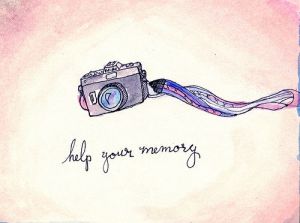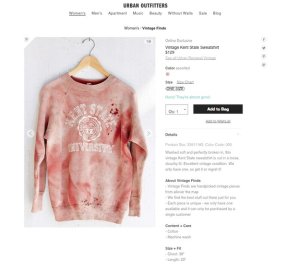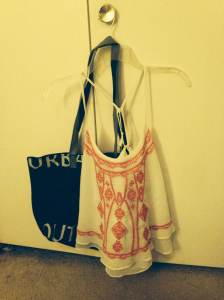
Right in the beginning of Chapter 7, Dr Luttrell says, “visual content allowing for companies to show, not tell, about their brands, business, and story. I really love this quote because this really sums up how pictures have added that visual pieces that most people need in order to be more informed, loyal, and active with a company. As i was thinking about pictures, it made me realize that they have both a positive and negative side, but yet this could be good either way. The evolution of pictures allows us to do things we were never capable of doing before.
Most people have heard the saying, a picture is worth a thousand words, and I truly believe that. In the modern day of social media, most companies have multiple outlets to reach their consumer. Most companies have Facebook, Twitter, or LinkedIn to share whats happening in the company or interact with customers. The new trend that is happening with companies is that they are picking up on social media sites that are only focused on pictures. The two main sites that companies use to connect on strictly a visual level is Instagram and Flickr, but lets not forget everyones favorite obsession Pinterest. Lets be honest here, most don’t want to admit it but we spend hours on either one of these sites or all of them. Not only is it for personal use but also but for companies as well. This is such an important tool for branding and making a personal impression on your consumer. These sites allow for customers to share things about the company and make a connection. These connections can be made from consumer to consumer about a product, consumer to company, or company to consumer.
Like all good things, there is a dark side. Photo sharing can have its ups and downs for both personal use and company use. But is there a clear argument about whats good and whats bad? As we have talked about in class, with praise comes criticism and that can shine through on photos. When photos are posted to a company site, they are mostly going to be something positive or innovative about whats happening in the company. Then again there are those few instances where trouble arises throughout a company and that could be posted on such sites as Instagram or Flickr. Some issues need to be brought to the surface, and pictures can help the situation or hinder it. All around though, I have come to the conclusion that pictures are one of the most important aspects for a company and an individual to connect.
I think its truly amazing how much pictures effect a company, and how it has evolved over such a short period of time. I don’t even remember the dinosaur days of companies handing out brochures to people to get a better visual look at their company, for a wide variety of things. Seriously, now that I think about it, I don’t think I have ever received a brochure in my 20 years, have you? The magic of a photo is that anyone can take a moment in time, freeze it and use to their endless possibilities. Its a beautiful thing.



